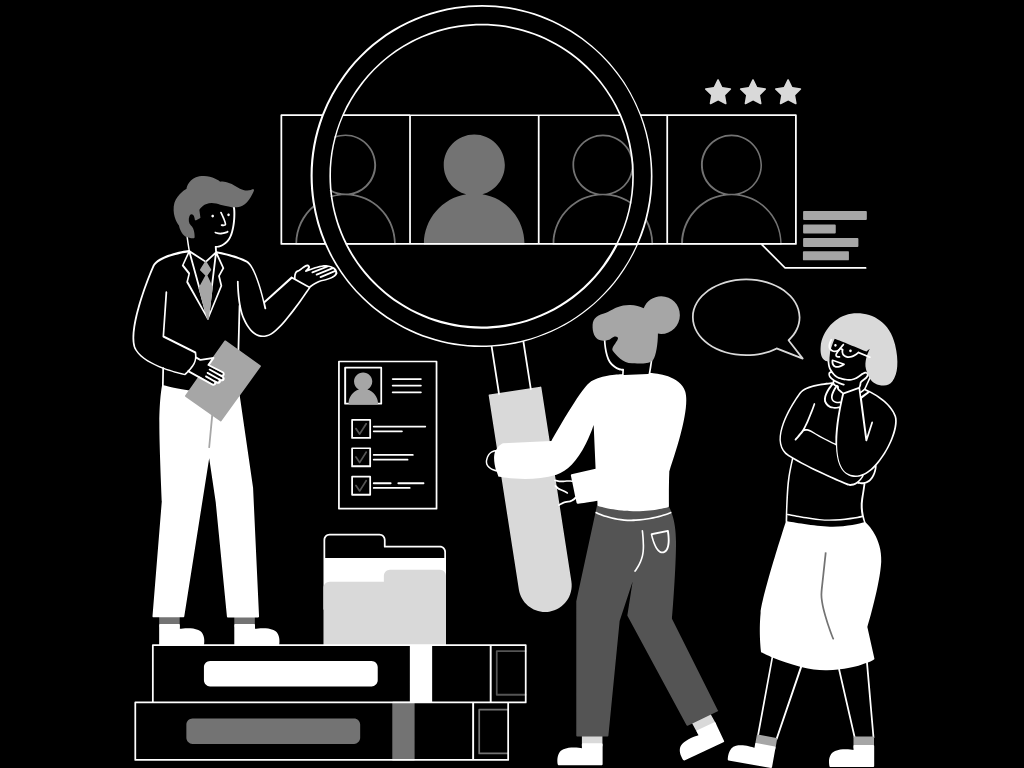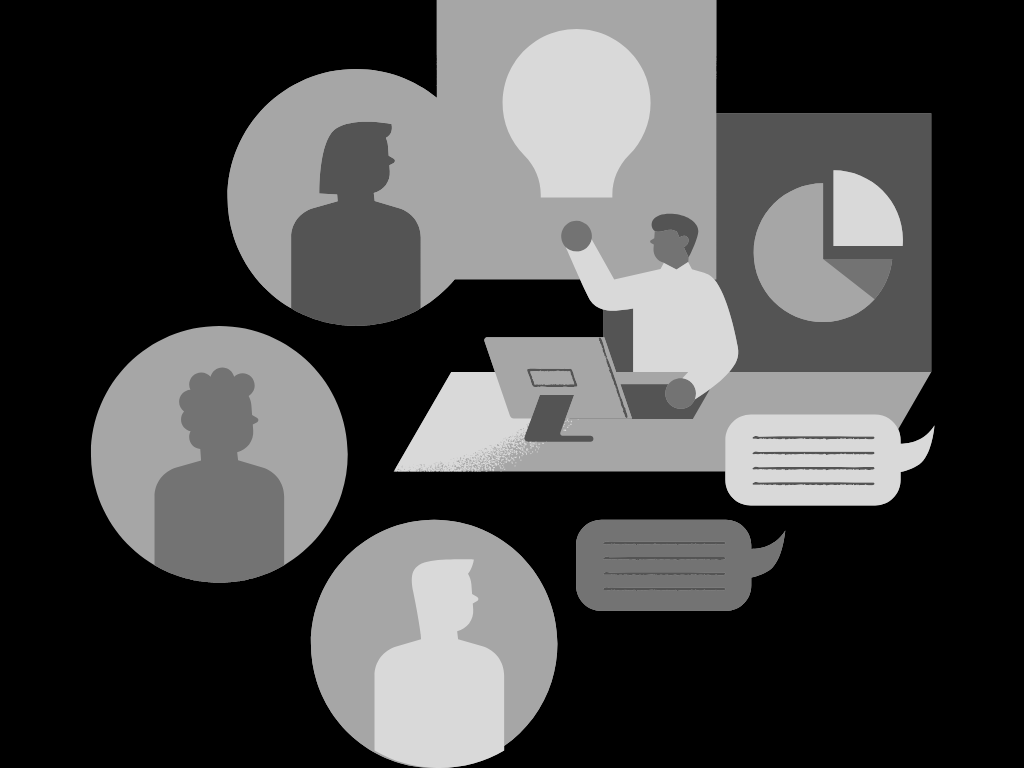Key Takeaways
- Customer retention is crucial for e-commerce businesses, with a strong focus on personalization and technological advancements predicted for 2025.
- The 3 R’s of Customer Retention—Relationships, Rewards, and Reactivation—serve as foundational strategies.
- Effective customer engagement techniques and feedback utilization can significantly enhance retention rates.
- Understanding common pitfalls and recovery strategies is essential for maintaining a loyal customer base.
Introduction
Overview of Customer Retention
Customer retention refers to the strategies and practices that companies use to manage customer relationships, aiming to increase repeat purchases. In the competitive realm of e-commerce, understanding and enhancing customer retention can lead to significant revenue growth.
Importance of Customer Retention in E-commerce
A focus on retaining customers is more cost-effective than acquiring new ones. Research indicates that increasing customer retention rates by just 5% can boost profits by 25% to 95%. Thus, e-commerce businesses must recognize customer retention as a vital component of their growth strategy.
Future of E-commerce
What is the prediction for e-commerce in 2025?
The e-commerce landscape is expected to evolve substantially by 2025. Predictions suggest an increase in global e-commerce sales, driven by advancements in technology, changes in consumer behavior, and the growing influence of social media.
Key Trends Influencing E-commerce Growth
- Mobile Commerce: Increased reliance on mobile devices for shopping.
- Social Commerce: Influence of social media platforms in driving purchases.
- Sustainability: Customers favor brands that prioritize sustainable practices.
Understanding Customer Retention
What is a good customer retention rate for e-commerce?
A good customer retention rate for e-commerce typically ranges from 30% to 50%. However, rates can vary significantly depending on the industry and specific business models.
Factors Contributing to Customer Retention Rates
Key factors include product quality, customer service, pricing strategies, and overall shopping experience.
The 3 R’s of Customer Retention
Explanation of the 3 R’s
The 3 R’s represent Relationships, Rewards, and Reactivation:
- Relationships: Building trust and communication with customers.
- Rewards: Implementing loyalty programs and incentives.
- Reactivation: Methods to win back lost customers.
How to Implement the 3 R’s in E-commerce
- Relationships: Use personalized communication and build community around your brand.
- Rewards: Design loyalty programs that incentivize repeat purchases.
- Reactivation: Use targeted marketing campaigns to reach out to previous customers.
Strategies for Retaining Customers
How to retain customers in e-commerce?
- Personalization: Tailor experiences to individual customer preferences.
- Customer Service: Offer responsive and proactive support.
- Engagement: Regularly interact through newsletters, social media, and promotions.
Importance of Building Customer Loyalty
Building customer loyalty leads to consistent sales and referrals. Loyal customers are also more likely to overlook minor issues and provide valuable feedback.
Effective Customer Engagement Techniques
Utilize email marketing, social media interactions, and surveys to keep customers engaged and informed about new products or promotions.
Personalization in Customer Retention
What role does personalization play in customer retention for e-commerce?
Personalization enhances the shopping experience, making customers feel valued and understood. This leads to increased satisfaction and loyalty.
Examples of Personalization Strategies
- Customized product recommendations based on past purchases.
- Personalized email marketing campaigns tailored to customer interests.
- Targeted offers and discounts generated from customer behavior.
Technological Advancements in Customer Retention
How can technology improve customer retention strategies in 2025?
Emerging technologies such as AI and machine learning can analyze customer data to provide personalized experiences and automate retention strategies effectively.
Innovative Tools and Software for Retention
Tools like CRM software, retention ROI calculators, and customer feedback analysis platforms can streamline retention efforts. For further details, check out our Retention ROI Calculator.
Common Pitfalls in Retention Strategies
What are some common mistakes businesses make that hurt customer retention?
- Neglecting customer feedback.
- Ignoring customer service quality.
- Failing to update marketing strategies based on consumer trends.
How to Avoid These Mistakes
Regularly gather and analyze customer feedback—check out our 7-Step Guide to Create Customer Journey Map for comprehensive insights into understanding your customers better.
The Role of Customer Feedback
How important is customer feedback for improving retention rates?
Customer feedback is invaluable for identifying areas of improvement. It guides businesses in tailoring their offerings, resolving service issues, and enhancing overall customer satisfaction.
Methods for Collecting and Utilizing Customer Feedback
Leverage surveys, product reviews, and direct communication to collect feedback. Analyze this data to implement changes that align with customer preferences.
Recovering Lost Customers
What strategies can e-commerce businesses use to recover lost customers?
- Re-engagement campaigns via email or social media.
- Offering discounts or exclusive deals to win customers back.
- Personalized outreach to understand their reasons for leaving.
Techniques for Re-engaging Former Customers
Deploy targeted ads that highlight new products, send personalized messages celebrating customer anniversaries, or involve them in loyalty programs.
Conclusion
Summary of Key Points
Customer retention in e-commerce is essential for sustainable growth. Implementing the 3 R’s, leveraging personalization and technology, and avoiding common pitfalls are crucial strategies for success.
The Future of Customer Retention in E-commerce
As e-commerce continues to evolve, businesses that prioritize customer retention strategies will likely thrive. Technology and personalization will remain at the forefront of these strategies in 2025 and beyond.
For practical insights on customer retention, explore our detailed guide on 5 Strategies of Customer Retention to Try Out.



